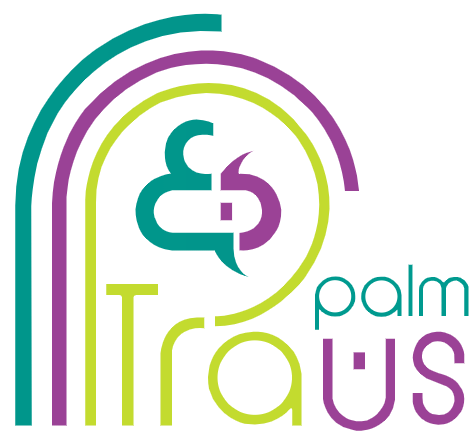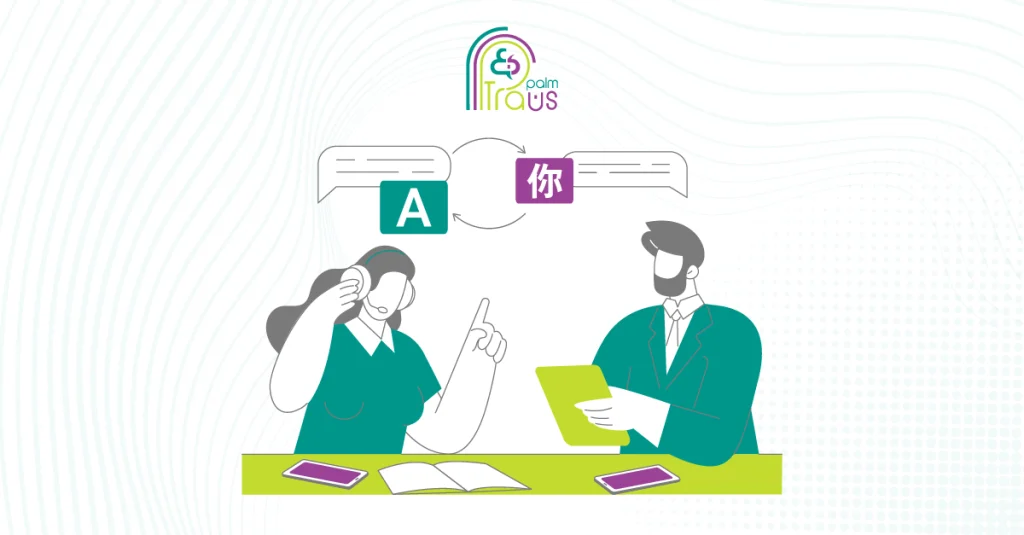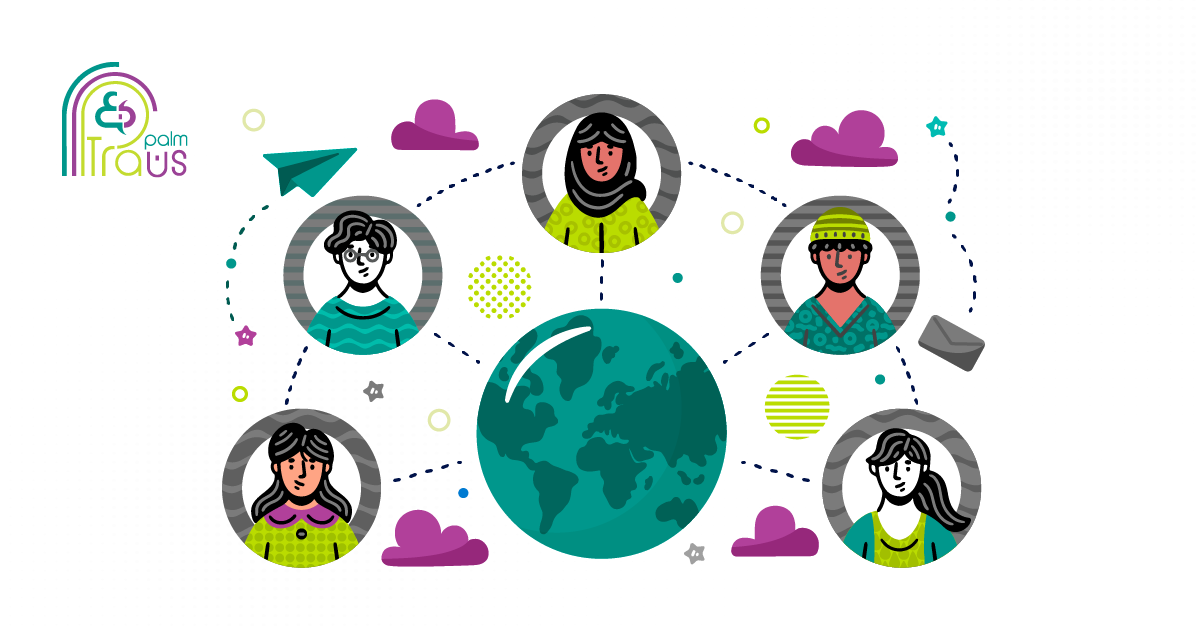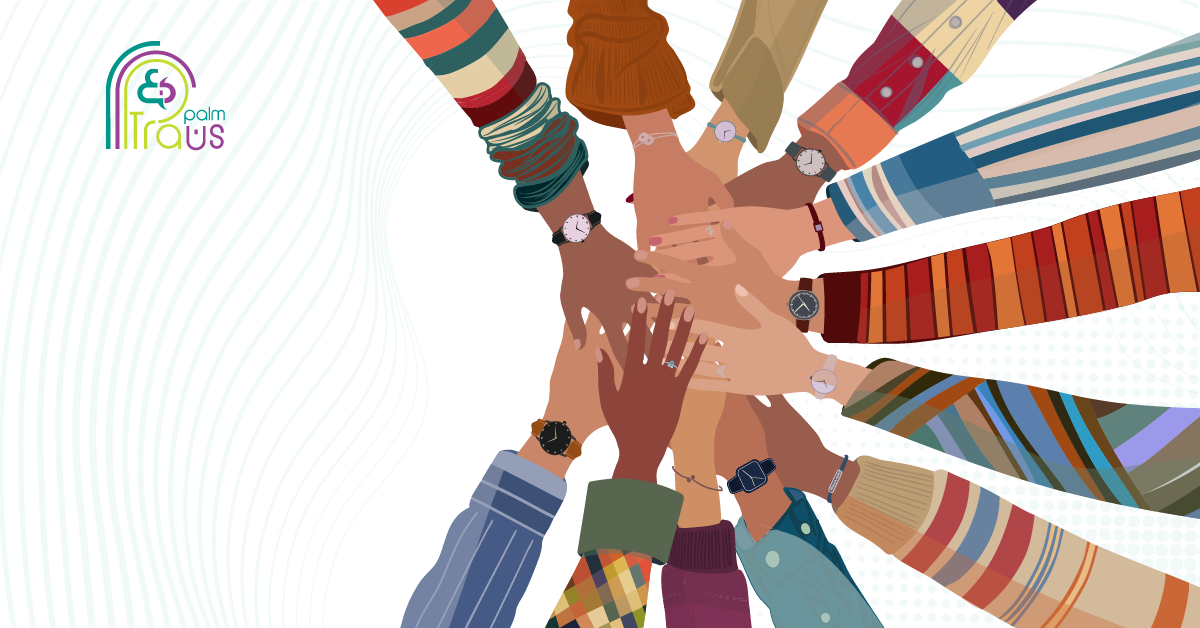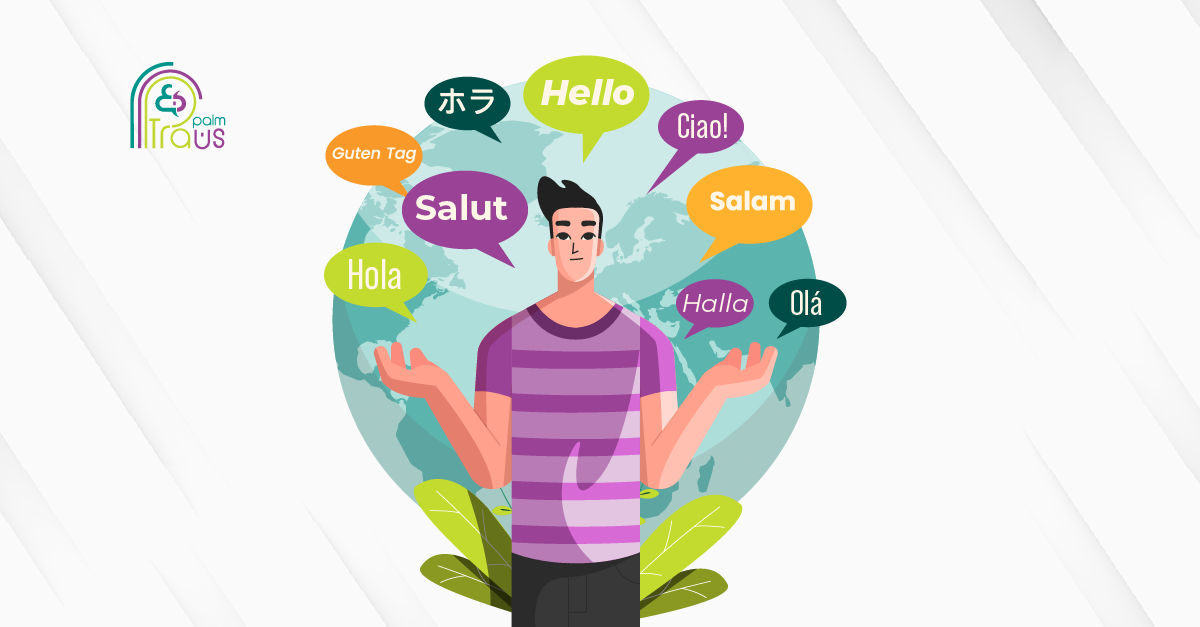Both translation and interpretation share the common goal of facilitating communication between individuals across languages and cultures.
According to IMARC Group, the global language services market is valued at around $75.5 billion in 2024, with translation services making up about 70.7% of it. While translation leads the market, interpretation’s growth rate of 25.5% year-over-year, as reported by KUDO, shows its rising importance.
But despite their shared purpose, they operate in very different ways and require distinct skill sets. So, it’s important to know the difference.
In this blog, we’ll define translation vs interpretation, explore the types and required skills for each service, compare their key differences, and help you make an informed decision on which one suits your needs best.
Enjoy reading!
What is Translation?
The process of translating written text from one language to another while maintaining the original meaning of the message, to make content accessible to a global audience.
Common Types of Translation
There are varied types of translation, each serving a specific purpose. Every type requires specialized knowledge and a strong command of industry-specific terminology.
- Literary Translation: Novels, poetry, plays
- Website Translation: Localization of online content
- Financial Translation: Reports, statements, tax filings
- Legal Translation: Contracts, patents, court documents
- Technical Translation: Manuals, user guides, specifications
- Medical Translation: Clinical trials, healthcare documentation
Key Traits to Look For in a Good Translator
Here’s our list of the skills, qualities, and abilities to look for when hiring a translator for your projects.
Language Fluency
Translators who understand all the subtle nuances implied in the text and are well-versed in your source language at a native level.
In-Depth Cultural Awareness
Translators with deep knowledge of cultural elements in both source and target cultures, like values, how the target audience perceives the world, customs, pastimes, and more.
Excellent Writing Skills for Translators
They must have outstanding writing skills and expression in the target language, with the ability to convey meaning and tone across various text styles.
Innovative Technology and CAT Tools
The role of translators is no longer limited to linguistic expertise; they also need to be technologically savvy, with expertise in machine translation, TM software, CAT tools, and quality assurance processes.
What is Interpretation?
It is an oral interpretation of spoken language in real-time to facilitate communication between people to understand one another during live interactions.
Exploring Different Modes of Interpretation
Many people may assume that all interpretation services are the same, but they come in various forms, each tailored for a specific purpose.
- Consecutive Interpretation: The speaker pauses to allow the interpreter to translate.
- Simultaneous Interpretation: The interpreter translates in real-time, with no pauses.
- Liaison Interpretation: The interpreter translates back and forth between people.
- Whispered Interpretation: Low-volume interpreting for small groups.
Main Qualities That Professional Interpreters Must Have
Bilingual Proficiency & Cultural Competence
Language and culture go hand in hand, so the interpreter must be able to adapt and convey the message in a way that suits the target audience.
Active Listening & Note-Taking Skills
The ability to pick up and understand the spoken language while taking effective notes for accurate interpretation.
Cognitive Skills
The capacity to quickly process, analyze, and convey spoken content in real-time, without losing context or meaning, while keeping a smooth communication flow.
Public Speaking
An interpreter who has clear pronunciation, proper pacing, volume control, and speaks with confidence so the audience can easily understand the interpretation.
Translation vs Interpretation: Understanding the Core Differences
Now that we understand both terms and their common types, let’s break down the differences between translation and interpretation.
| Aspect | Translation | Interpretation |
| Medium | Written content | Spoken communication |
| Timeframe | Reviewed and revised | Instant delivery |
| Focus | Accuracy | Fluency and clarity |
| Directionality | One-way (into native language) | Switches between two languages |
| Tools & Technology | CAT tools, MT | Headsets, booths, and remote interpreting tech |
Written or Spoken: Which Language Service to Go For?
Translation
It is suitable for written content that demands precision and adaptation, such as contracts, reports, legal documents, websites, manuals, and marketing campaigns.
Interpretation
It is perfect for real-time spoken communication such as business meetings, legal proceedings, negotiations, court hearings, medical appointments, hospital visits, webinars, and conferences.
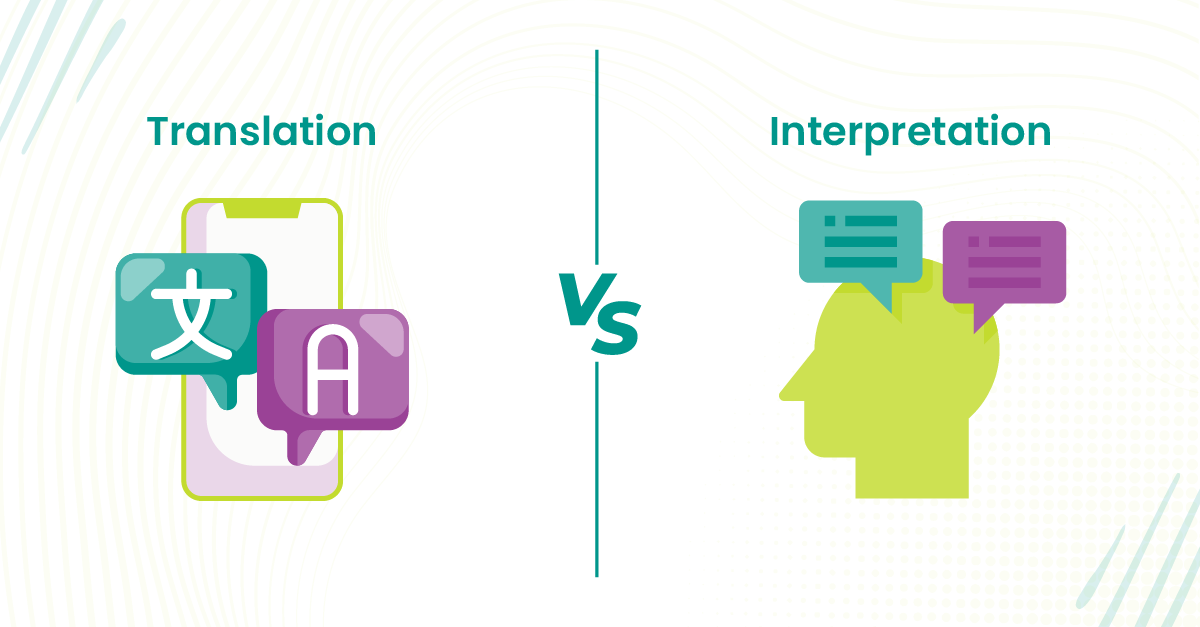
Why Choose Our Professional Language Services?
Expert Linguists
Our team includes certified translators and interpreters with proven expertise across various industries.
They hold certifications and qualifications, reflecting native-level fluency, cultural competence, and in-depth industry knowledge.
Quality Assurance
All projects go through a three-step process: translating, editing, and proofreading for accuracy, consistency, and quality control.
Fast Turnaround Time
With our huge multidisciplinary team of translators and the power of our technology, we can proudly meet your tight deadlines while committing to high-quality standards.
ISO Standards
We are committed to strict quality policies, adhering to ISO 9001 and ISO 17100 standards in terms of quality, management, and information security.
Technology Adaptation
We embrace advanced technology to deliver faster, more consistent, and accurate results.
The tools we use to support our human translators include machine translation, translation management systems, CAT tools, and translation memories, all designed to improve quality and save you money.
A Trustworthy Translation Provider That Transforms the Way the World Communicates
As we have seen, understanding the differences between translation and interpretation is the first step toward choosing the right solution for your business needs.
If you are still not sure which service best fits your project, reach out to us, and our team will assist you with professional translation and interpreting services tailored to your goals.
